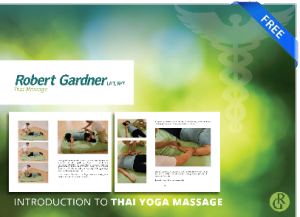Long ago I became excited due to there being a gathering at Bharsana Dham. This gathering was of friends and students of Erich Schiffmann. The gig didn’t go through, plans were scrapped due to logistics and I kept track of the Moving into Stillness forums for when they might return.
The time finally came this past weekend and I was excited to go meet someone whose work I admire and who has become a role model of sorts for me. Being in a largely female yoga community means I don’t have as many male teachers to inspire me or emulate. My practice is largely isolated and I was tickled to arrive in Camp Allen to discover other yoga teachers from Austin whom I’d never met.
Being largely solitary my joke became saying, “Krishnamawho?” It was nice to discuss my interests and have others understand. Discussions about Krishnamacharya, Iyengar and the American yoga community flowed off of lips easily and I relished a chance to have other perspectives on a practice we’ve all grown to love. All those I spoke with were warm, welcoming and had a sense of family I find inspiring. Not even I felt like an outsider.
Erich, I admit, was intimidating to me. This isn’t so much due to him as due to my notions of yoga teachers and having admiration for his work. He walked into the studio, gave a few people hugs and walked over slowly and without saying a word gave me a large welcoming hug. I was almost taken aback and realized I’ve chosen the right line of work. Years ago I had an afternoon spent with people who became my friends for the day. At its end I gave a man a large hug and was told later by my then girlfriend that he’d been very uncomfortable with this. Working as a bodyworker means my sense of physical intimacy with people is often more intimate than some may be comfortable with. It’s just a hug, a symbol of affection for another person and I decided that if someone wasn’t comfortable with my hugging them then well, that was simply something we’d all have to work out. In this instance with Erich I felt home. After our embrace I said, “I’m Robert, I live in Austin.” His reply was a simple head nod, “Oh yeah, nice to meet you.” Nice to meet you, post hug, I shouldn’t feel so amazed but hey if you’re in my line of work you notice physical contact.
Through the event which was a very informal hangout I found everyone calm, relaxing and open. Being that most of us have read and absorbed Erich’s book Moving Into Stillness I felt we were mostly all on the same page. I was treated very well and receptively and I’d like to thank those in attendance for being so warm and open to this curmudgeon of a yoga teacher. You give me hope for yoga community.
Erich has always come across as down to earth in his book and videos and I found his presence in person to be no different. There was no air about him, no sense of exhaltation and certainly no sense of supremacy. I sat down for lunch, Erich took a seat next to me and over conversation he told me he’d watched some of my videos on youtube and that, “they were good.” This was enough for me to feel guffawed. I’m sure I kept it internal but to me it was akin to getting a letter from Iyengar where he wanted to talk yoga with me.
Later in discussions I presumed why Erich would compliment my work. He seems to be almost as tech savvy as I am, which is to say he’s run the camera, editing software and knows what it’s like to pour your heart and soul into a youtube video. He said he could tell the videos were “heartfelt” and that was enough of an encouragement for me. Having someone I admire in the yoga community tell me my videos were good felt like a small blessing.
During the event I felt no lack of humanity among those in attendance including Erich. There was no air, no condescension. I’d like to thank Erich and the community for welcoming me with open arms. I hope I can create the same open space in my classes and studio that you presented to me this weekend.

